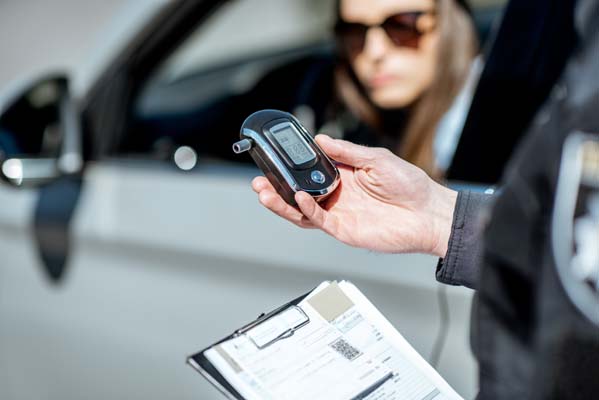Could non-alcoholic drinks be detected on breathalyzers? This is a question that many people are asking lately, as more and more states are beginning to legalize recreational marijuana. While it is still illegal to drink and drive in most states, there is a growing concern that people could use non-alcoholic substitutes to get around the law. In this blog post, we will discuss how breathalyzers work and whether or not they can detect non-alcoholic drinks.
What is a breathalyzer?
A breathalyzer is a device that is used to measure the alcohol content in a person’s breath. Breathalyzers work by measuring the amount of ethanol in a person’s breath. Ethanol is the type of alcohol that is found in beer, wine, and liquor. When a person drinks alcohol, it is absorbed into their bloodstream and eventually makes its way to their lungs. When a person exhales, some of the ethanol in their breath is expelled. The amount of ethanol in a person’s breath is directly proportional to the amount of alcohol in their blood.
Breathalyzers are calibrated to measure the amount of ethanol in a person’s breath and convert it into an estimate of the person’s blood alcohol content (BAC). In the United States, the legal limit for BAC is 0.08%. This means that if a breathalyzer detects more than 0.08% ethanol in a person’s breath, they are considered to be legally intoxicated.
There are two main types of breathalyzers: fuel-cell and infrared. Fuel-cell breathalyzers are the most accurate type of breathalyzer, but they are also the most expensive. Infrared breathalyzers are less accurate but are much cheaper.
Fuel-cell breathalyzers work by measuring the amount of electrical current that is produced when ethanol reacts with a platinum catalyst. The amount of current that is produced is directly proportional to the amount of ethanol in the person’s breath.
Infrared breathalyzers work by measuring the absorption of infrared light by ethanol. The more ethanol that is present, the more infrared light that will be absorbed.
Breathalyzers are generally very accurate, but there are some factors that can affect their accuracy. Mouthwash, for example, can contain alcohol and will cause a false positive on a breathalyzer. Similarly, some medical conditions, such as acid reflux, can cause a person to exhale ethanol-containing air from their stomach. This can also lead to a false positive on a breathalyzer.
Can non-alcoholic drinks be detected on breathalyzers?
The short answer is no, non-alcoholic drinks cannot be detected on breathalyzers. This is because the ethanol that Breathalyzers measure is not present in non-alcoholic drinks.
Non-alcoholic substitutes for beer, wine, and liquor do not contain ethanol and will not register on a breathalyzer. However, it is important to note that some non-alcoholic substitutes do contain small amounts of alcohol. For example, some types of kombucha can have up to 0.05% ABV. While this is a very small amount of alcohol, it is still enough to trigger a positive reading on a breathalyzer.
It is also important to note that just because non-alcoholic drinks cannot be detected on breathalyzers, this does not mean that they are safe to drink and drive. Many non-alcoholic substitutes for beer, wine, and liquor contain high levels of caffeine. Caffeine can cause dehydration, which can make it difficult to concentrate and react to driving hazards. Caffeine can also cause jitters and anxiety, which can further impair your ability to drive.
In conclusion, non-alcoholic drinks cannot be detected on breathalyzers. However, this does not mean that they are safe to drink and drive. If you are going to drink non-alcoholic substitutes for beer, wine, or liquor, be sure to do so in moderation and always have a designated driver. Cheers!































